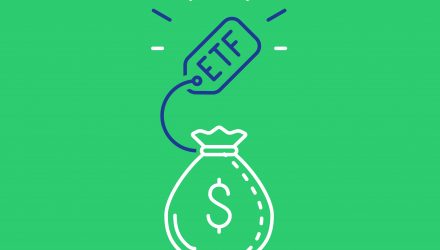For the average retail investor, there is more to investing than chasing after the exchange traded fund with the lowest cost.
“Whether or not you want to chase the lowest cost ETF really depends on your current fees and the value of your investment portfolio,” Simon Moore, Chief Investment Officer at Moola, said on Forbes.
“If you’re already invested in some of the cheaper funds, then maybe finding that additional 0.01% in fee savings isn’t always worth the time and potential tax consequences,” he added.
The ETF industry has been engaging in a protracted fee war that depressed costs closer and closer to 0%, with some of the cheapest plain vanilla ETFs showing a 0.03% expense ratio and a negative expense ratio ETF recently hitting the market.
The average mutual fund costs about 0.5% per year or $5 per year for every $1,000 invested. In contrast, the average ETF costs about 0.2% or $2 per year for every $1,000 invested.
Nevertheless, there are exceptions to the norm. For instance, an investor may want to hold a niche or targeted strategy that is worth paying a premium for if the investment methodology is complex, such as a smart beta ETF play.
If one wants to just gain broad exposure to the U.S., global stocks or bonds, investors may do better with a cheap fund exposure.
As investors think about their portfolio make up, chasing the cheapest ETFs may not be the best idea if most of their components are already cheap enough. Moore, though, cautions that it also depends on the size of one’s investment. If you only have $10,000 invested, then a 0.01% incremental saving only translates to $1 per year.
“Yes, you’re still saving money, but there may be better uses of your time than finessing costs down to the final basis point. However, if you have a much larger investments, then the savings, which can add up over the years could still be worth taking advantage of,” Moore said.
For more information on investing in ETFs, visit our ETF 101 category.

